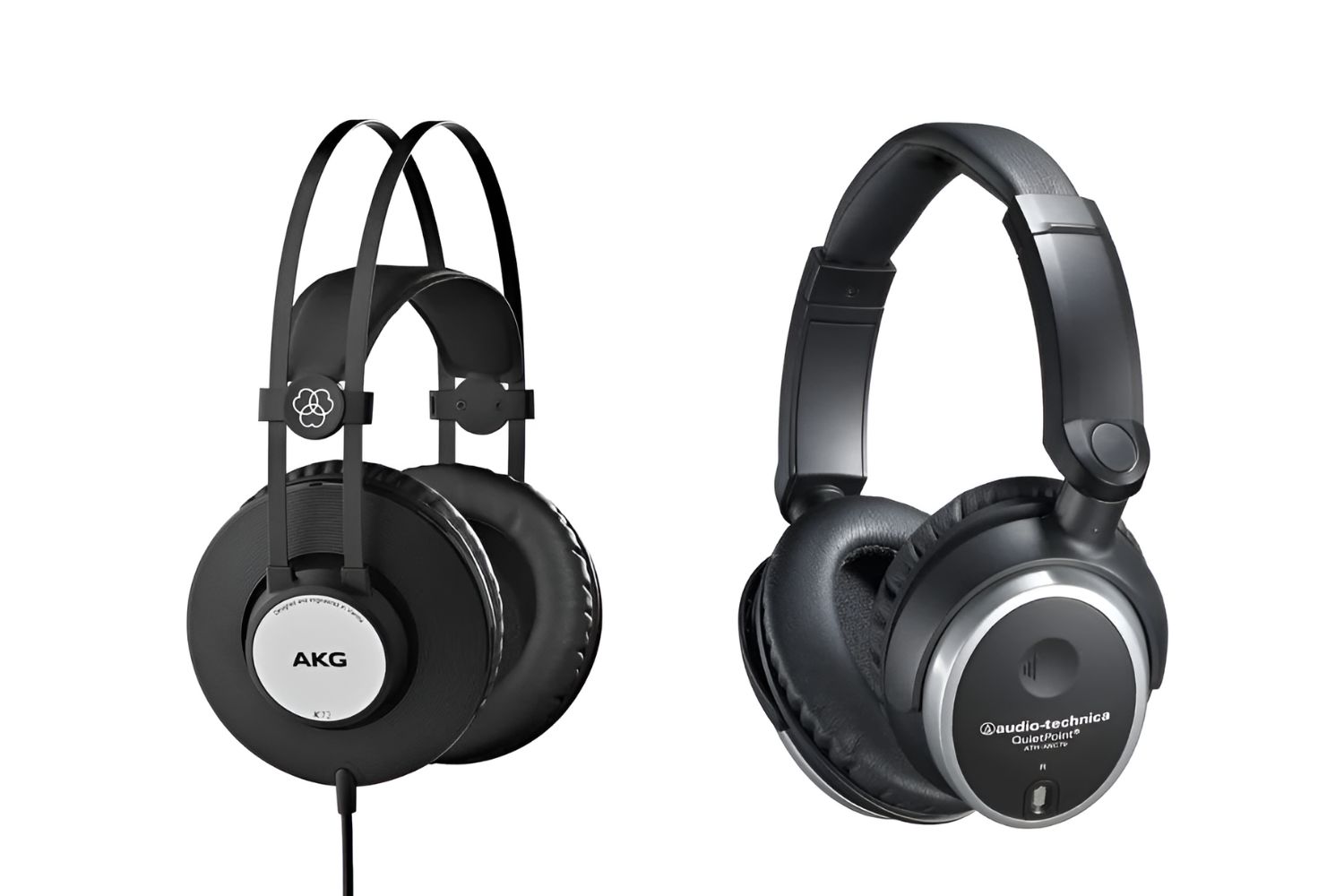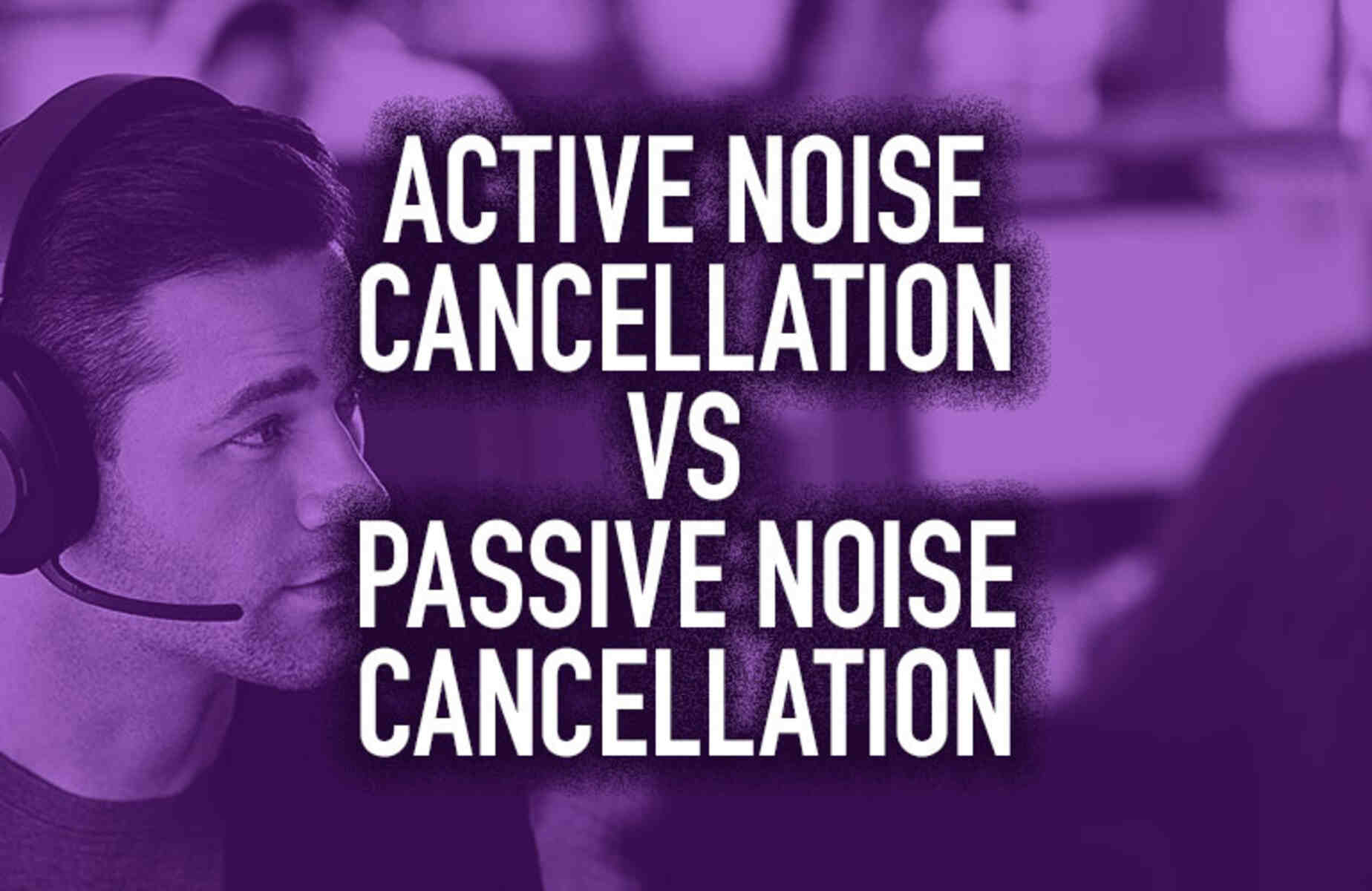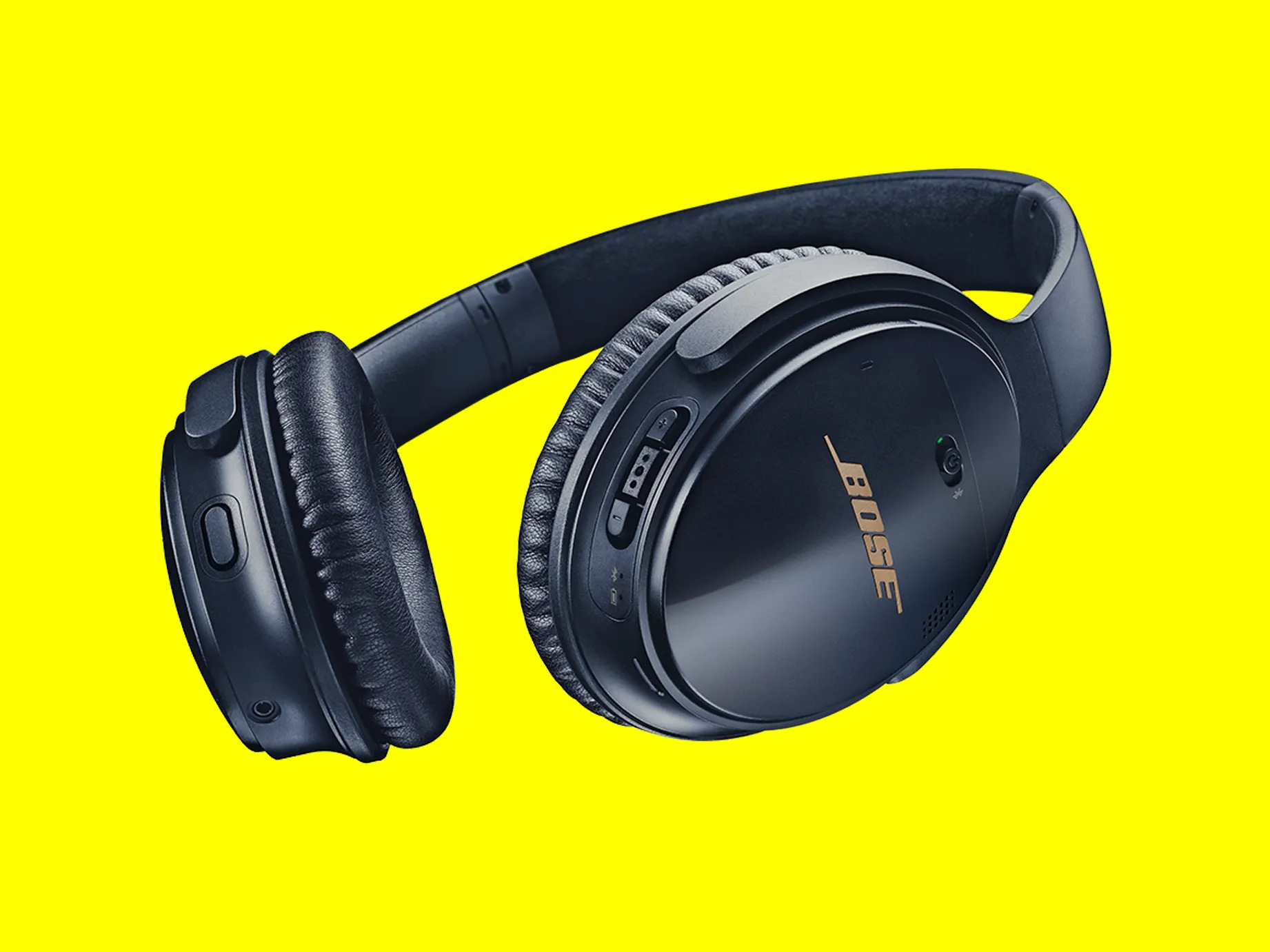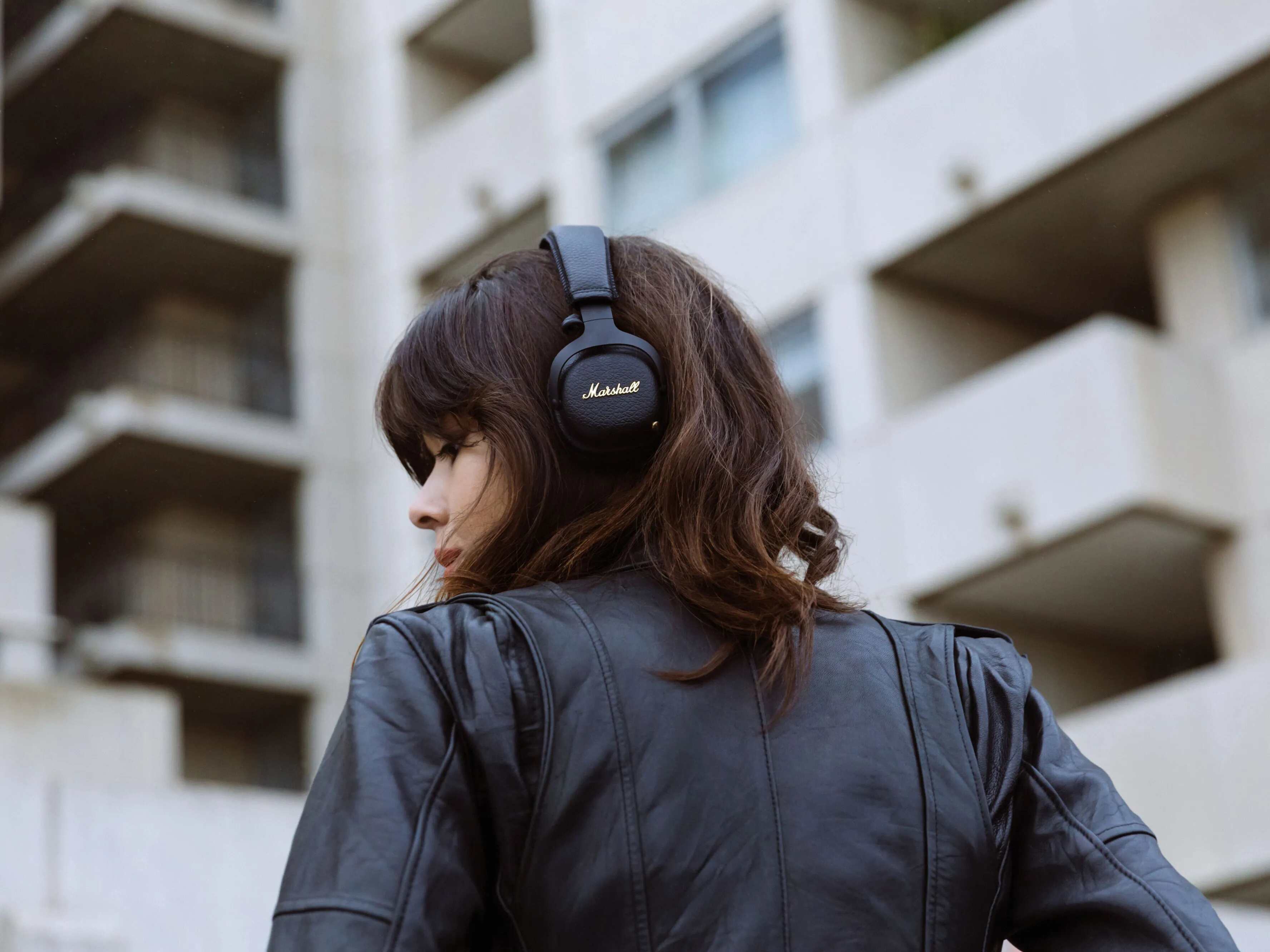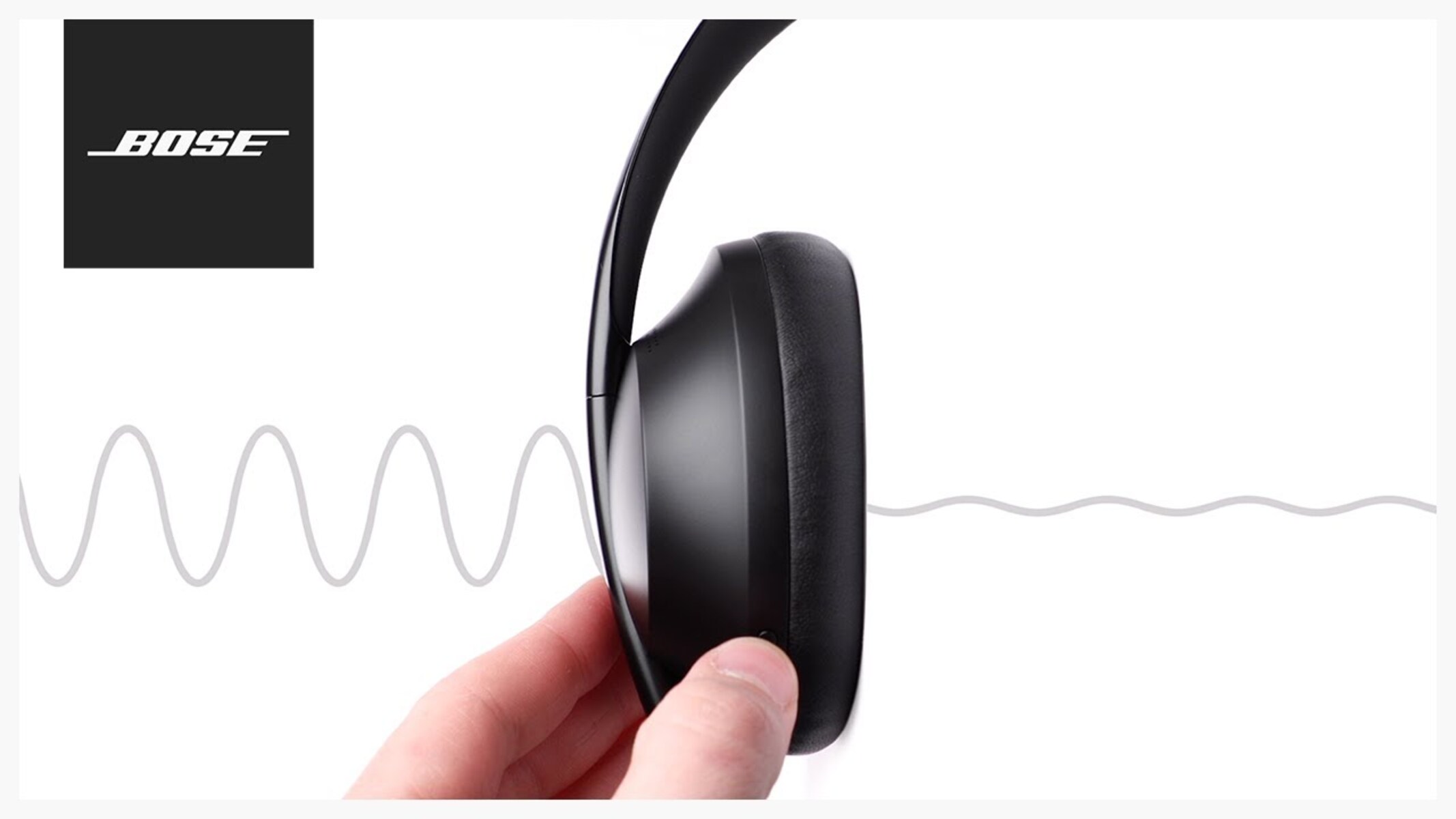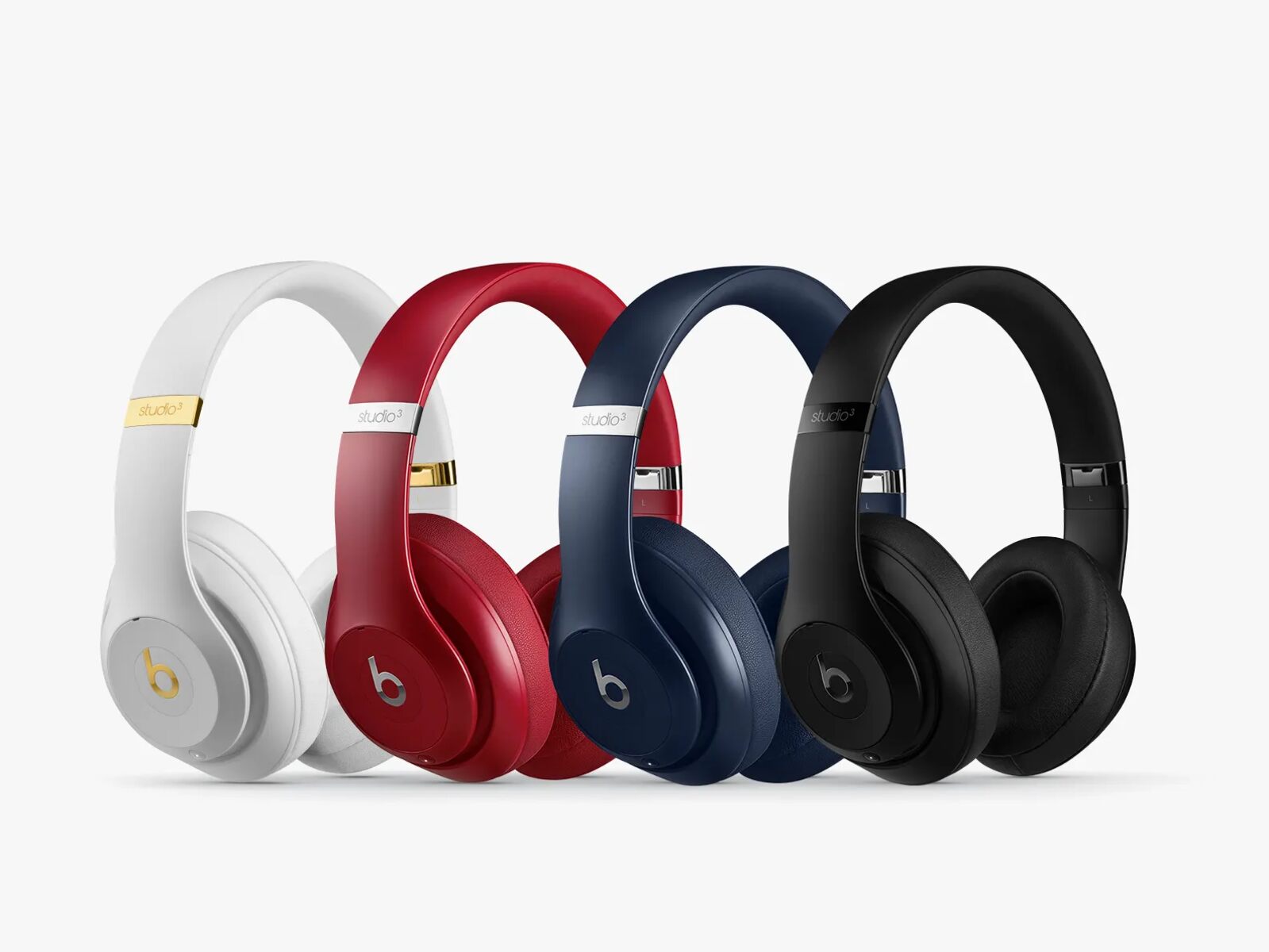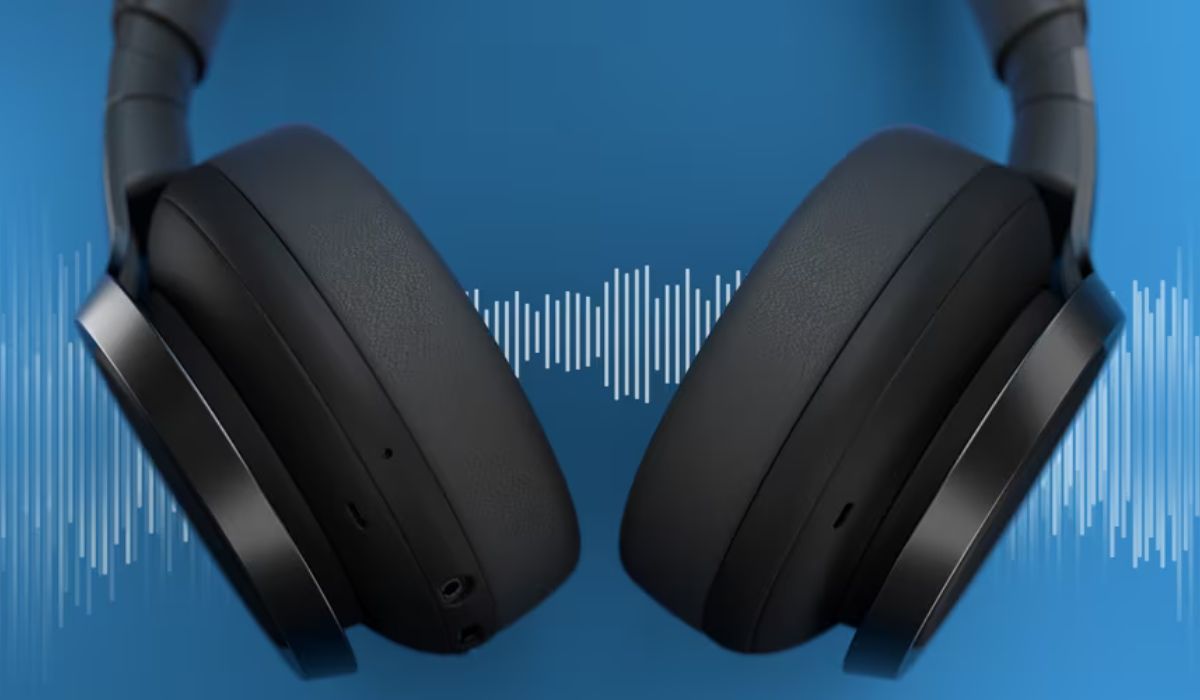Introduction
Introduction
Are you tired of being disturbed by the cacophony of the outside world while trying to enjoy your favorite tunes or focus on work? Noise cancelling headphones could be the answer to your auditory woes. These innovative devices are designed to minimize or eliminate ambient sounds, allowing you to immerse yourself in your chosen audio experience. However, not all noise cancelling headphones are created equal. There are two main types: active and passive noise cancelling headphones. Understanding the key differences between these two technologies can help you make an informed decision when shopping for your next pair of headphones.
Whether you're a frequent traveler, a music enthusiast, or someone who simply craves a moment of tranquility in a bustling environment, the choice between active and passive noise cancelling headphones is an important one. Each type has its own set of advantages and limitations, and knowing which features align with your needs can make a significant difference in your listening experience. In this article, we will delve into the intricacies of active and passive noise cancelling headphones, exploring how they work and helping you determine which type is best suited for your lifestyle and preferences. So, let's embark on this enlightening journey to uncover the nuances of noise cancelling technology and find the perfect pair of headphones for you.
How Do Active Noise Cancelling Headphones Work?
Active noise cancelling headphones employ advanced technology to diminish external sounds and enhance your listening experience. These headphones feature built-in microphones that detect ambient noise. Once the microphones pick up these external sounds, the headphones’ circuitry generates anti-noise frequencies, which are then mixed with the incoming sound from your audio source. This process creates a new sound wave that effectively cancels out the unwanted noise, resulting in a quieter, more immersive auditory environment.
The anti-noise frequencies produced by active noise cancelling headphones are tailored to match the amplitude and frequency of the incoming ambient sounds, effectively neutralizing them. This sophisticated noise-cancelling process is particularly beneficial in environments with consistent low-frequency sounds, such as the droning of airplane engines or the rumble of trains. By actively countering these persistent noises, active noise cancelling headphones enable you to enjoy your music, podcasts, or audiobooks without the disruptive interference of the outside world.
It’s important to note that active noise cancelling headphones require power to operate their noise-cancelling circuitry. This power is typically supplied by a built-in rechargeable battery, which means that you’ll need to recharge your headphones periodically to maintain their noise-cancelling functionality. Some models also offer a passive listening mode, allowing you to use the headphones without noise cancelling when the battery is depleted.
How Do Passive Noise Cancelling Headphones Work?
Passive noise cancelling headphones, also known as noise-isolating headphones, function on a different principle than their active counterparts. Instead of relying on electronic circuitry and anti-noise frequencies, passive noise cancelling headphones utilize physical barriers to block out external sounds and minimize ambient noise.
These headphones achieve noise reduction through their design and construction. The ear cups or earbud tips of passive noise cancelling headphones are crafted from sound-absorbing or sound-blocking materials, such as memory foam, silicone, or other dense substances. When the headphones are worn, these materials form a tight seal around the ears or within the ear canal, effectively creating a barrier that prevents external sounds from penetrating and reaching the listener's ears.
In addition to the sound-blocking properties of the ear cups or earbud tips, the overall design of passive noise cancelling headphones is engineered to minimize sound leakage and enhance isolation. The headband and ear cup assembly of over-ear headphones, for example, is often designed to create a snug fit around the ears, further reducing the intrusion of external noise.
Passive noise cancelling headphones do not require power to function, as they do not rely on electronic components to counteract external sounds. This can be advantageous for individuals who prefer a simpler, more straightforward listening experience without the need to recharge their headphones or replace batteries.
While passive noise cancelling headphones excel at attenuating high-frequency sounds and providing effective isolation in various environments, they may not be as effective as active noise cancelling headphones in countering persistent, low-frequency noises, such as the hum of airplane engines or the rumble of trains. Understanding the distinct mechanisms of passive noise cancelling headphones can help you determine whether they align with your listening preferences and lifestyle.
Comparison of Active and Passive Noise Cancelling Headphones
When evaluating the differences between active and passive noise cancelling headphones, several key factors come into play, each contributing to the overall listening experience and suitability for different scenarios.
- Technology: Active noise cancelling headphones utilize electronic circuitry and anti-noise frequencies to counteract external sounds, while passive noise cancelling headphones rely on physical barriers, such as sound-absorbing materials and a snug fit, to block out ambient noise.
- Power Requirement: Active noise cancelling headphones require power to operate their noise-cancelling functionality, typically through a built-in rechargeable battery. In contrast, passive noise cancelling headphones do not require power, offering a more straightforward and hassle-free user experience.
- Noise Reduction Capability: Active noise cancelling headphones are particularly effective at countering persistent, low-frequency noises, making them well-suited for environments with consistent droning sounds, such as airplane cabins or train compartments. Passive noise cancelling headphones excel at attenuating high-frequency sounds and providing effective isolation in various settings.
- Battery Life: The battery life of active noise cancelling headphones directly impacts the duration of their noise-cancelling functionality. Users need to consider the need for recharging or replacing the battery when evaluating the convenience of these headphones. Passive noise cancelling headphones, on the other hand, do not have battery-related limitations.
- Audio Quality: Both active and passive noise cancelling headphones can deliver high-quality audio. However, some users may perceive a difference in sound signature and clarity between the two types, influenced by the presence or absence of active noise-cancelling circuitry.
- Portability and Convenience: Passive noise cancelling headphones are often more lightweight and compact due to the absence of built-in electronics for noise cancellation. This can make them a preferred choice for individuals seeking a travel-friendly and hassle-free listening solution.
Understanding these distinctions can aid consumers in selecting the most suitable type of noise cancelling headphones based on their specific needs, preferences, and usage scenarios. Whether it’s the need for long-haul flight tranquility, immersive music sessions in bustling cityscapes, or a seamless listening experience on daily commutes, the choice between active and passive noise cancelling headphones can significantly impact the overall enjoyment of audio content in various environments.
Which Type of Noise Cancelling Headphones Should You Choose?
When contemplating the selection of noise cancelling headphones, it’s essential to consider your specific lifestyle, listening habits, and environmental requirements. The decision between active and passive noise cancelling headphones hinges on several factors that can influence the overall satisfaction and effectiveness of the chosen headphones.
Travel and Commuting: For frequent travelers and commuters who encounter consistent low-frequency noises, such as airplane engines, train rumble, or traffic hum, active noise cancelling headphones are a compelling choice. The ability of active noise cancelling technology to counteract these persistent sounds can significantly enhance the tranquility of long journeys and daily commutes, allowing for a more immersive and peaceful audio experience.
Everyday Use and Convenience: Individuals seeking a lightweight, hassle-free listening solution for everyday activities, such as workouts, leisurely strolls, or casual listening at home, may find passive noise cancelling headphones to be a convenient option. With their straightforward operation and absence of battery-related considerations, passive noise cancelling headphones offer a user-friendly and portable audio companion for various daily pursuits.
Audio Quality and Personal Preference: Both active and passive noise cancelling headphones can deliver impressive audio quality. However, individuals with discerning preferences for sound signature and clarity may find that the presence or absence of active noise-cancelling circuitry influences their listening experience. Exploring and comparing the audio performance of different models can help in determining the most satisfying choice based on individual sonic preferences.
Battery Management and Longevity: The battery life and recharging requirements of active noise cancelling headphones are important considerations for users who prioritize uninterrupted noise-cancelling functionality. Assessing the convenience of managing battery life and the availability of passive listening mode when the battery is depleted can guide users in selecting headphones that align with their usage patterns and charging habits.
By carefully evaluating these factors and recognizing the distinct attributes of active and passive noise cancelling headphones, individuals can make an informed decision that harmonizes with their unique listening needs and preferences. Whether it’s the desire for immersive tranquility during travel, the convenience of a lightweight audio companion for daily activities, or a preference for specific audio characteristics, the selection of the ideal noise cancelling headphones can enrich the enjoyment of audio content across diverse settings and experiences.







